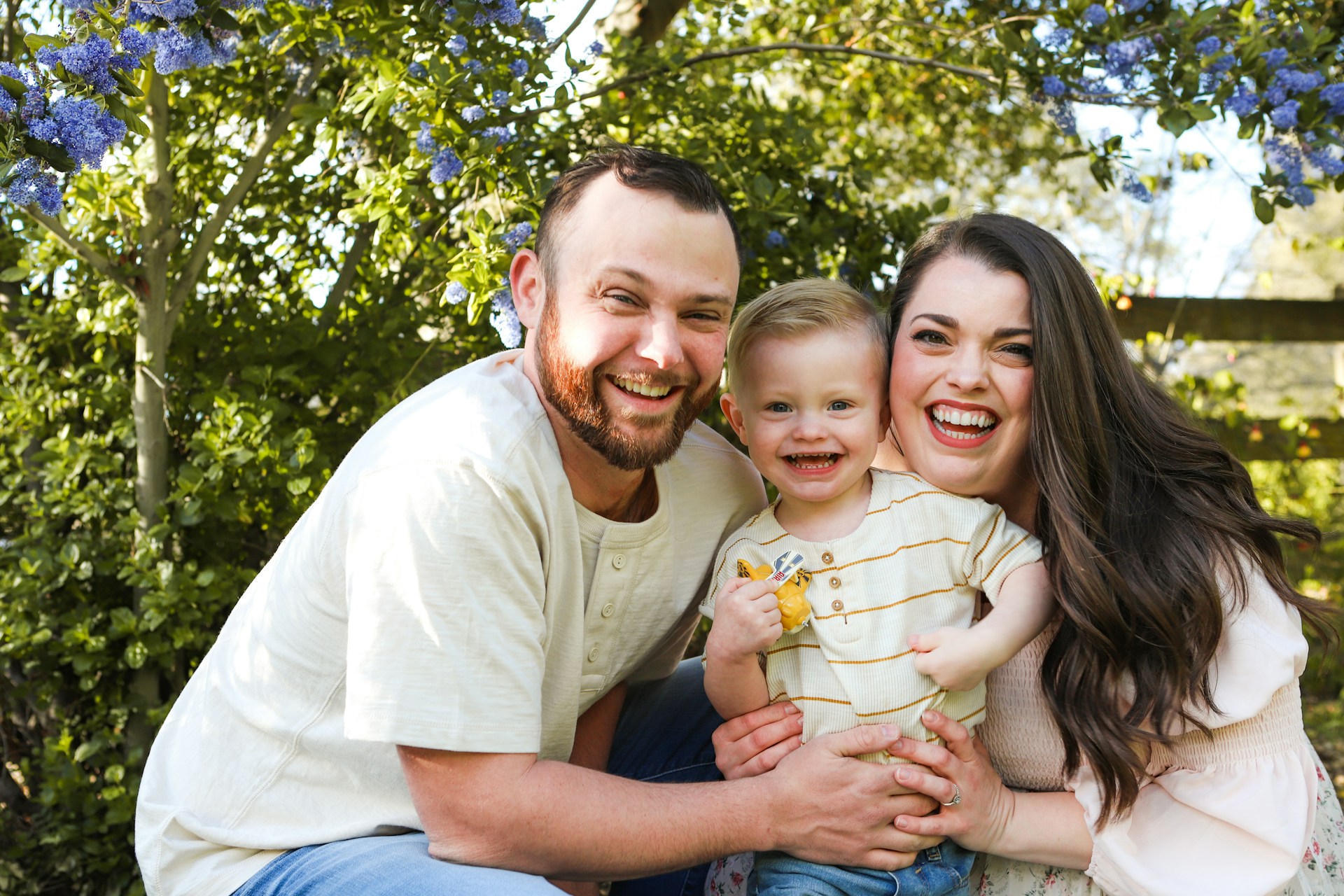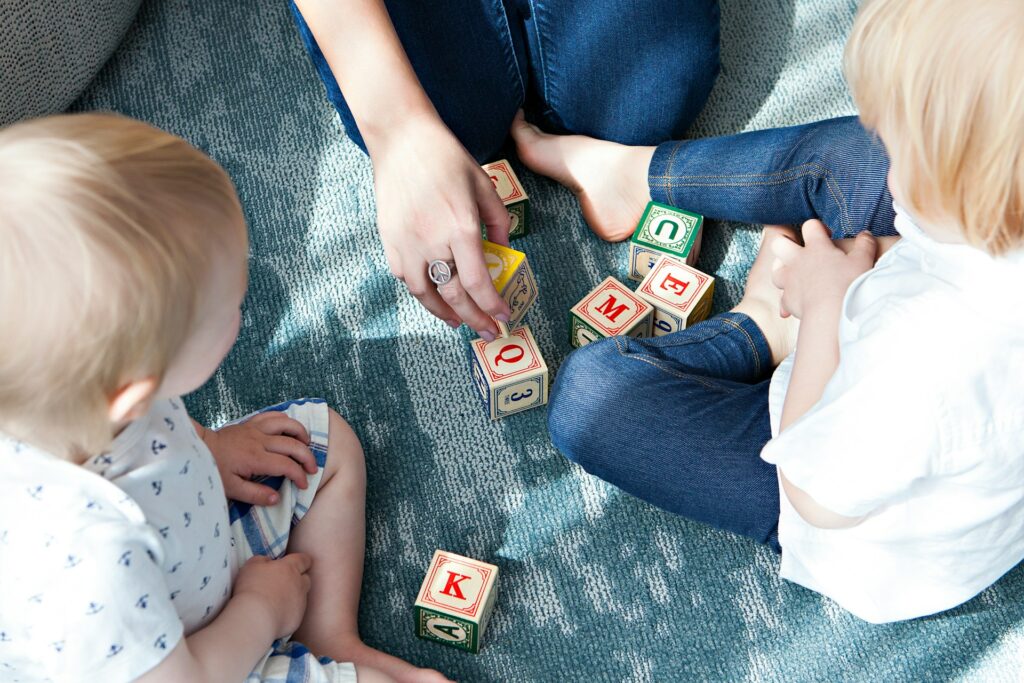Last Updated on November 13, 2024 by Michelle Wan
For any parent, noticing early signs of potential health issues in their child can be an emotional and challenging experience, especially if those signs point toward a severe condition like cerebral palsy (CP). Identifying these signs early on not only helps with timely intervention but may also shed light on possible birth-related factors or medical negligence that contributed to the condition.
This guide will explore CP, why early detection is essential, and the signs to look for in infants and toddlers.
What is Cerebral Palsy?
Cerebral Palsy (CP) is a neurological disorder that affects movement, coordination, and muscle control. Cerebral palsy usually results from brain injury or abnormal development before, during, or shortly after birth, affecting movement and coordination. CP can impact a child’s ability to perform everyday tasks, with symptoms ranging from mild to severe.
Understanding CP and its various causes—from prenatal complications to birth-related issues—can help families recognize signs in those early, formative months.
Why Early Detection Matters
Early detection of CP can significantly affect a child’s development. With timely intervention, physical, occupational, and speech therapy can help many children with cerebral palsy build strength and skills to enhance their quality of life. Early awareness allows parents to find the right resources, secure medical support, and even consider legal avenues if brain damage or medical negligence may have played a role in the condition.
For some parents, early detection of symptoms of cerebral palsy also prompts essential questions:
- “Is there a cause behind my child’s symptoms?”
- “Could this condition have been prevented?”
- “What kind of therapies and support will best help my child thrive?”
If any of these questions resonate, recognizing early signs of cerebral palsy may offer clarity and essential next steps, especially when consulting with healthcare professionals.
Recognizing Early Signs of Cerebral Palsy
Identifying CP early enables families to seek support and resources for their child’s unique challenges. Here are some critical signs that parents may notice in the first months and years of life:
- Motor Skill Delays
- Babies with CP often miss developmental milestones. If a child struggles with tasks like reaching for toys, holding their head, crawling, or walking, it could signal motor delays associated with cerebral palsy. Difficulty grasping objects or supporting their body in certain positions may also be noticeable, especially if symptoms may indicate spastic cerebral palsy.
- Abnormal Muscle Tone
- CP can cause stiff (hypertonic) or floppy (hypotonic) muscles. Parents may notice that their child’s muscles feel unusually tense or loose, affecting their ability to move, sit, or perform other tasks independently.
- Delayed Reflexes and Missed Milestones
- Reflexes are crucial in early infant development, particularly for identifying potential symptoms of cerebral palsy. Persistent reflexes, like the startle reflex or delays in responding to sounds and sights, can be indicators of CP. Parents may observe that their baby doesn’t react to certain stimuli or struggles to make eye contact.
- Posture and Muscle Coordination Issues
- Common signs include unusual postures, like “scissoring” (legs crossing at the knees when picked up), which may point to CP. If a child shows difficulties coordinating their limbs or maintaining balance, discussing these observations with a pediatrician is recommended.
- Speech and Communication Delays
- Speech and language development may be delayed in children with CP. For some children with cerebral palsy, forming sounds or responding to visual cues can be challenging. Speech therapy is highly beneficial for children with cerebral palsy, as this movement disorder affects their ability to communicate; identifying these delays early allows for a proactive approach to communication support.
- Unusual Movements or Tremors
- Some children with ataxic cerebral palsy experience tremors or uncontrolled movements, particularly if they have the ataxic type of cerebral palsy affecting one side of the body. These involuntary movements can impact activities like grasping objects or performing simple tasks.
What to Do if You Notice These Signs
If you recognize these signs in your child, consider consulting a healthcare provider to discuss potential diagnoses and support options. Early diagnosis of CP often involves a combination of observations, developmental assessments, and, in some cases, imaging tests like MRIs to identify brain injuries or abnormalities.
For families wondering whether birth-related factors or medical negligence played a role, these additional questions may arise:
- “Could this have been a result of a birth complication?”
- “Was my baby monitored adequately during labor and delivery?”
- “How can I ensure the best outcome for my child?”
If birth complications or suspected negligence are involved, a legal consultation may provide families with valuable insight and support.
How Thomas & Wan LLP Supports Families
Understanding their rights and potential legal options is crucial for families affected by CP. Thomas & Wan LLP has over 55 years of combined experience advocating for families in medical malpractice and birth injury cases. They work closely with families to review potential causes of CP and provide compassionate, skilled legal support to secure resources for long-term care and support.
Here’s how Thomas & Wan LLP assists families of children with cerebral palsy:
- Thorough Case Investigation: Understanding how cerebral palsy affects a child’s development can lead to better outcomes in legal cases.: A comprehensive review of medical records, with support from top experts, helps determine if any standard of care was violated.
- Building a Strong Case: Focused on birth injury and medical malpractice cases, the team works to establish how any deviations in care may have led to CP.
- Offering Compassionate Guidance: From the first call to the final resolution, their attorneys provide families with precise, empathetic support, helping them understand their rights and the legal process.
Parents have shared that having a legal team with experience in both birth injury and CP cases has made a meaningful difference. Many report feeling more empowered and informed about their child’s condition and legal options.
Recognizing early signs of CP can be challenging, but understanding what to look for—and knowing that help is available—provides a pathway to action. Each developmental milestone met is a victory; with proper support, families can make a significant difference in their child’s future. Thomas & Wan LLP is dedicated to helping Texas families navigate this journey, supporting their child’s needs, and securing justice if medical negligence played a role.
If you believe your child’s CP may be linked to birth-related factors or medical errors, reach out to Thomas & Wan LLP for a free consultation. Call the national institute for resources related to children with cerebral palsy. 713-529-1177 to speak with experienced, compassionate attorneys who can guide your family toward the support and resources your child deserves.
Empower your family with knowledge and trusted advocacy. Thomas & Wan LLP is here to help families affected by cerebral palsy and birth injuries across Texas so you can focus on what matters most—your child’s future.





